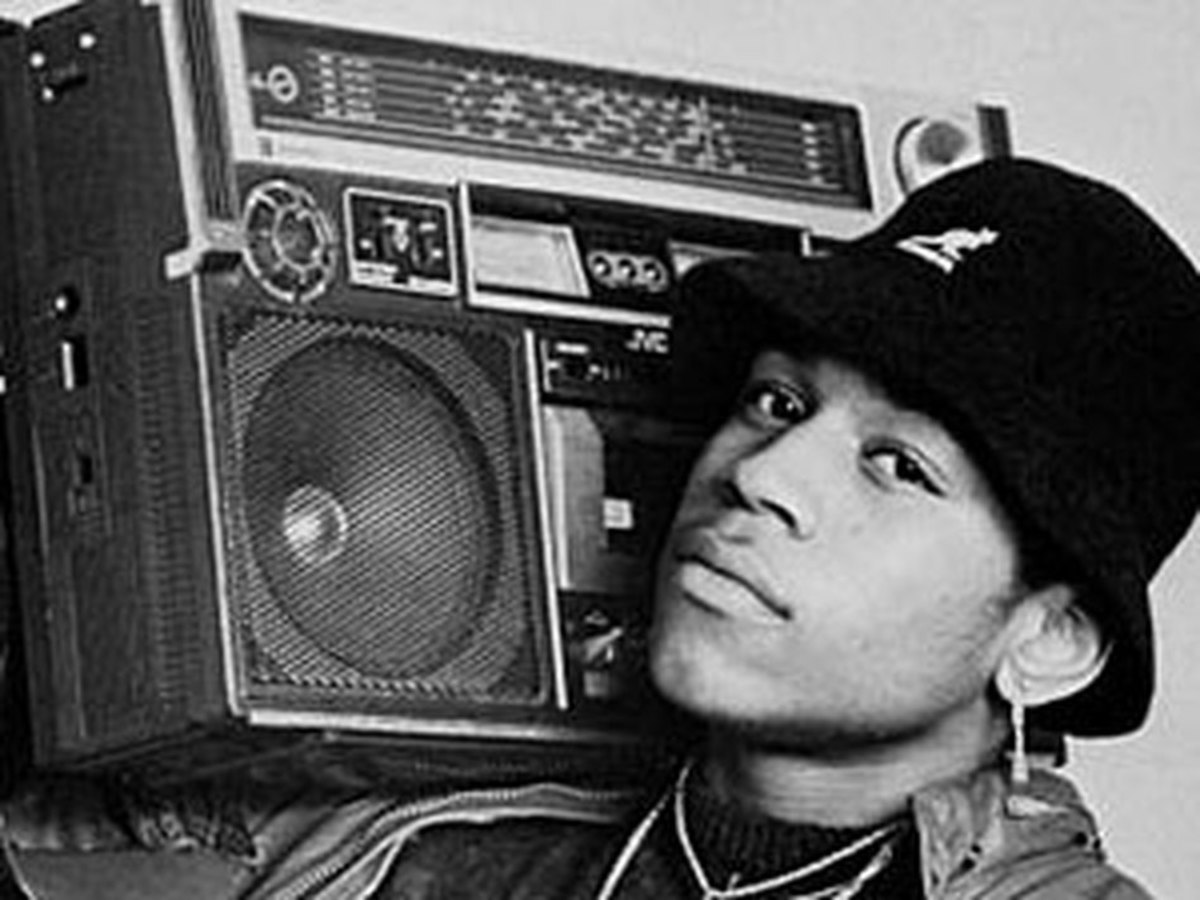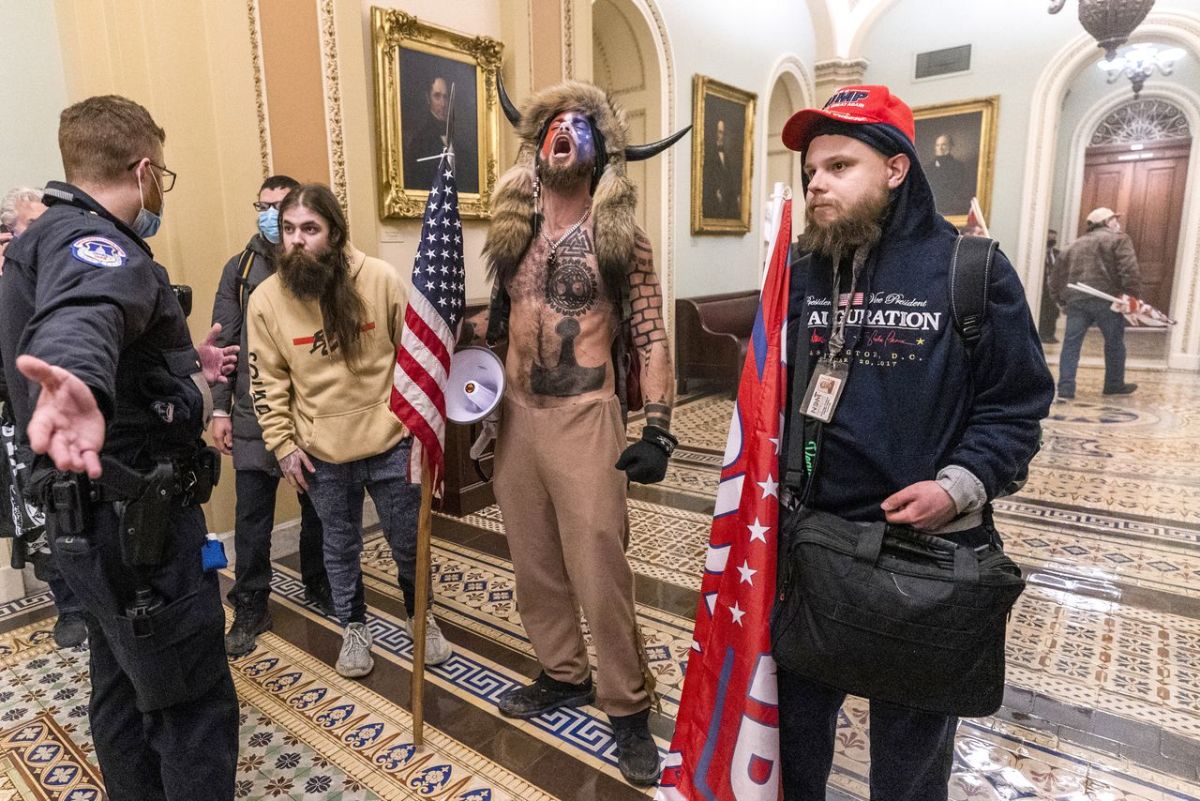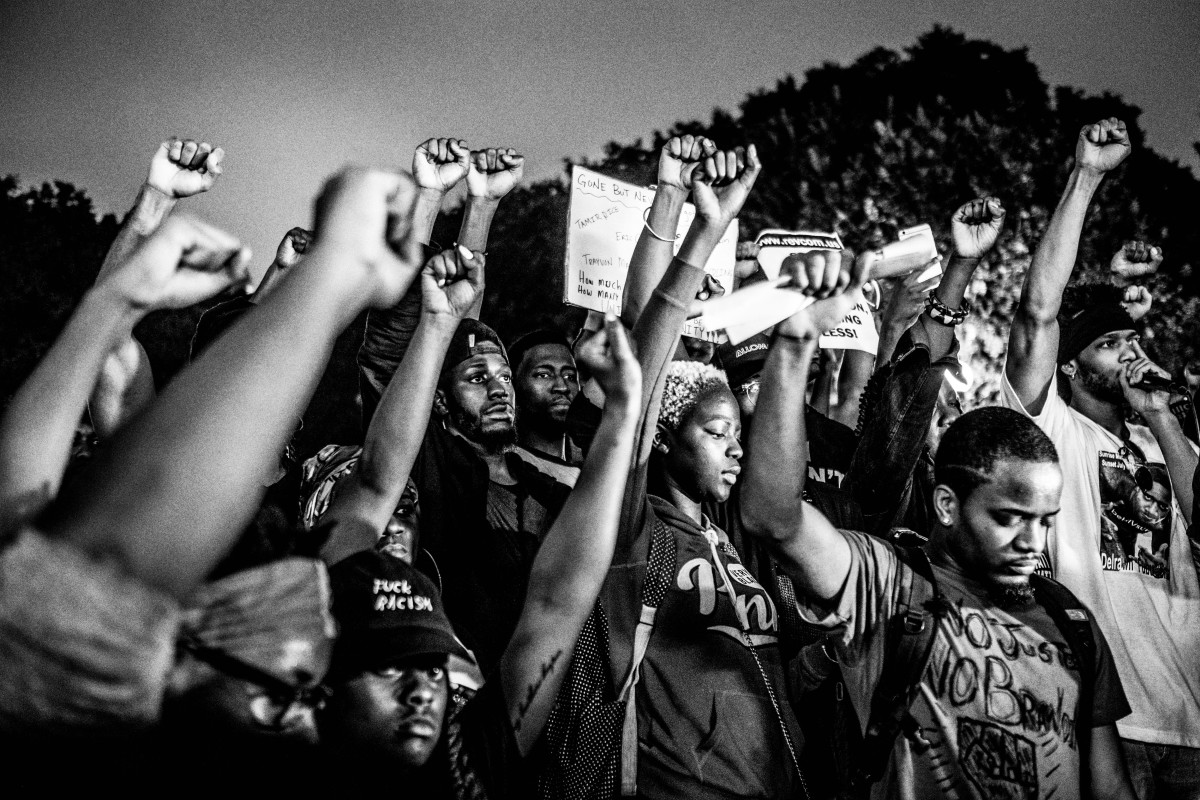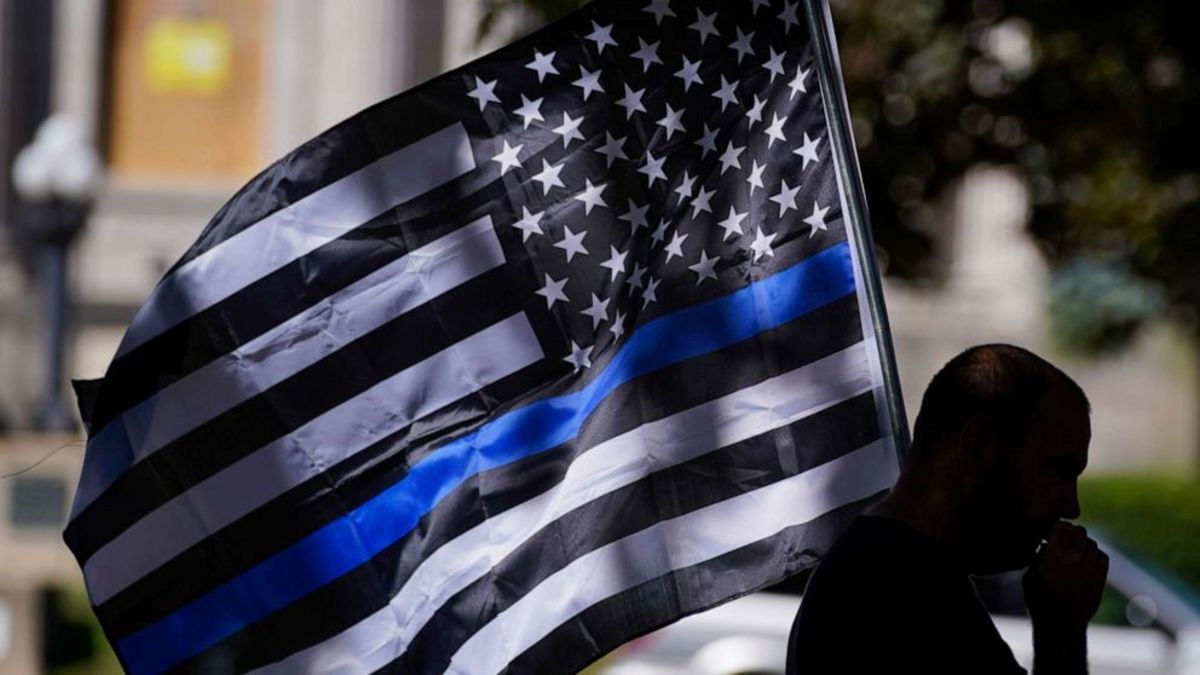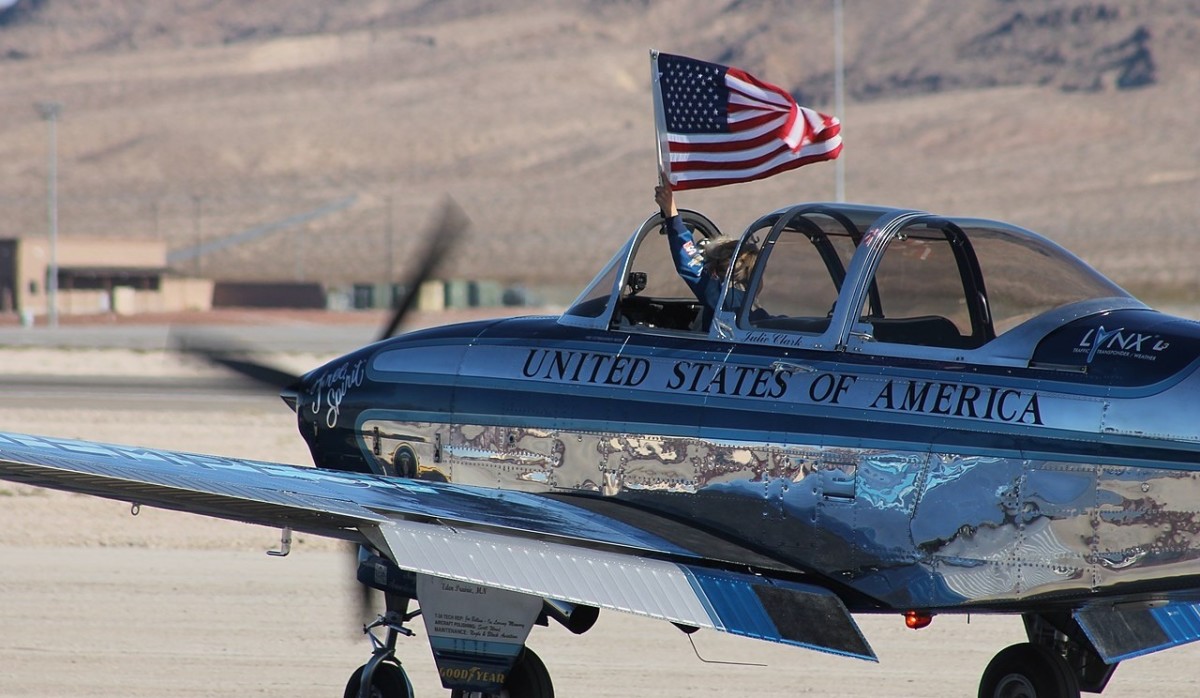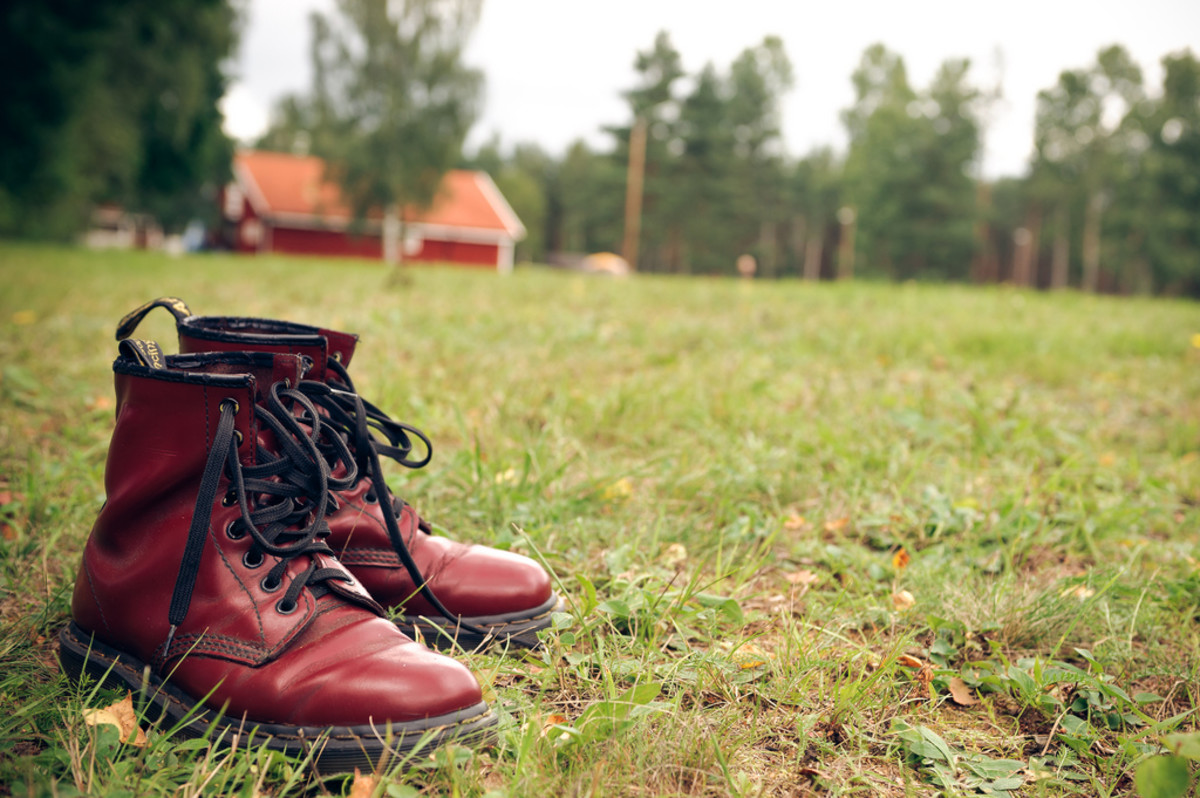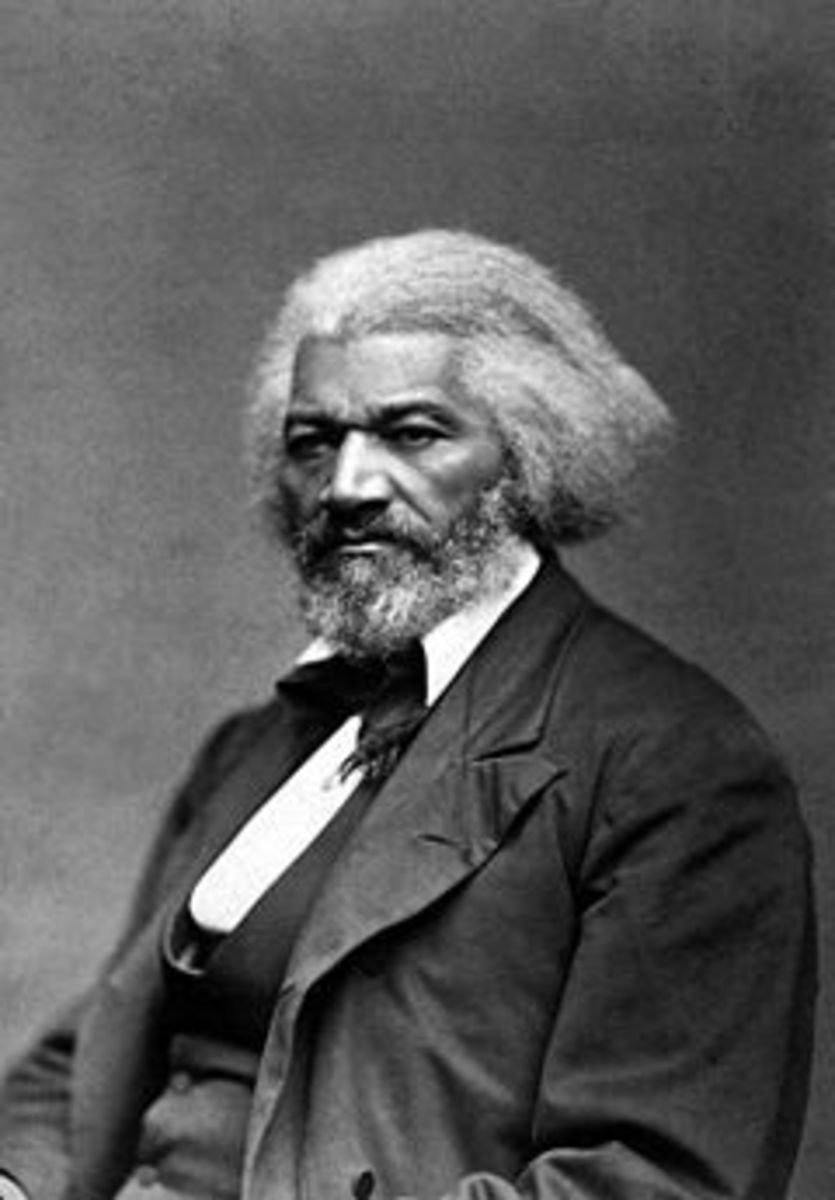Is Kindness a Detriment or a Necessity?: The Role of Peaceful Action in the Black Lives Matter Movement

“That is not a better person. That is a coon person. He is brainwashed into believing he has to save white people.”
The statement above was a Twitter response to the picture. London just had a clash between anti-racist protesters, far right protesters, and the local police during this past weekend of June 14th. The reason behind it was that Far-rightists were gathering to protect statues of historical figures from destruction or defacing: a reaction to the recent wave of monuments being taken down or challenged by anti-racists because of the historical person’s alignment on race and slavery.
However, while this was going, a photo of a Black man, Patrick Hutchinson, carrying a wounded far rightist to safety went viral. And it proved to be almost as controversial as the statue issue, with the reason being that while many proudly supported the image of humanity still existing in such extreme times, others felt it was a show of weakness. Apparently the author felt that the man should have just left the protester there.
This criticism of an act of kindness rubbed me the wrong way. And though I normally avoid Twitter wars, this time I jumped right in saying:
“You don't know him. You don't know why he did what he did and stereotyping him as an uncle Tom is just as bad when it's done to Blacks or anyone else. Perhaps it would have been better if he just shot him instead and prove the racists right”
My dentist commented last week that peaceful protests don’t work because nothing has changed. Later, he acknowledged that there was some change, but that it was only temporary. Things went back to the way they were before. Several times at the protests I went to in Rochester, NY, speakers talked about not letting go of their anger, while still not provoking violence. It wasn't a repudiation of the Civil Rights’ legacy, but rather an adaptation. Many even refused to use the word, “peace” and the slogan, “no justice no peace” is commonly chanted at many Black Lives Matter protests.
The point here is not the Twitter conflict over Patrick Hutchinson’s actions. Rather, it inspired me to write about an underlying issue within the Black community and potentially pop culture at large regarding protesting. That issue being the role of kindness and peace when standing up against racism, or if it should even be there at all?
““It was incredibly bloodthirsty in the way the elite put it down, cutting people into little pieces, displaying body parts....Their heads were cut off and placed on poles along the river in order to frighten and intimidate the other slaves, this display of heads placed on spikes stretched over 60 miles.”
— - Historian/author Gwendylon Midol Hall on the aftermath of the 1811 German Coast Slave Uprising.Why We Rage
Violence for freedom goes way back to the days of slavery in North America, where Africans were being imported over to work in the Caribbean and the United States. What made the slave trade in the Americas so inhumane was that it did not just take you into bondage, but it deliberately de-humanized you as well. You became property, if not an animal.
The natural human reaction to being oppressed is to resist and the slave uprisings that occurred were violent and ended violently, as the pent up hatred towards those mistreating them erupted. 1739’s Stone Rebellion, 1800’s Gabriel’s Conspiracy, and 1831’s rebellion of Nat Turner, were some of the most well-known of these, yet they all ended in failure and death.
The biggest revolt however, and the most successful, occurred in Haiti. Ex-slaves lead by Jean-Jacques Dessalines turned rebellion into a full-scale revolution from 1791 to 1804. Unlike other revolts, it ended in victory for the former slaves and the near eradication of every White person on the island (though it should be noted their targets were Frenchmen and not White people specifically). Still, this was the exception to the rule, albeit a monumental exception.
After the American Civil War ended in 1865, slaves in the United States were freed and were supposed to be treated equally. Many Southerners however, enraged and embarrassed by their loss to the North, the desecration of what they saw as their culture, and watching people whom they once owned and treated as property walk around as free men, violently sought to oppress them again.
Though slavery was technically outlawed, Southern lawmakers saw to it to create laws that severely limit Black liberties and to return them back to as close to their pre-war status as possible. The most infamous being the Jim Crow laws in the late 19th and early 20th Centuries.
It wasn’t until the late 1950’s and through the 60’s that Blacks began rising up in sufficient and organized numbers to push back against this, arguably starting with 1954’s Brown vs. the Board of Education of Topeka 347 U.S. 483, that ended school segregation.
As the Civil Rights Movement picked up momentum, retaliatory actions by local Southern Police, the Klu Klux Klan, and racists locals resorted to more and more violent methods to put Black people back in their place. Like Nat Turner and Jean-Jacques Dessalines before them, many young people wanted to respond in kind. Afterall, it worked for Haiti didn’t it? Rising leaders, most famously Malcom X, began preaching about the right and justification to use violence against White people who sought to infringe upon the rights of Black people.
Martin Luther King Jr, was famously opposed to this though. Inspired by Mahatma Gandhi, he chose to use the method of non-violence and peaceful protest to achieve the same ends. It’s ironic that Malcom was considered a radical, when maybe it should have been King who should have been called that, because his stance went against both human nature and the human right to retaliate with just cause. Either way, it was he who set the precedent of non-violence to achieve social justice in America, and this has been mimicked by other movements in the decades since.
A Lion or a Bitch?
This is were the issue begins, especially after King’s assassination in 1968. Many Blacks saw his murder as proof that peace doesn’t work, even to this day as some BLM protesters will admit to. At best, it was a temporary solution as long as you were alive, while at worst it was just to appease White people, who seemed to find King’s message more digestible to Malcom’s.
Now the wound has resurfaced because of the current movement to get justice and police accountability after the murder of George Floyd. Like our ancestors' past, there’s once again an eruption of pent up anger and frustration at being treated second-class and killed almost on a whim by those whose job it is “to protect and serve”.
People, like the Twitter author I argued with, recognize that there is a clear momentum to seize upon. A window of opportunity that may not happen again for another few decades or even a century, and they don’t want to lose that.
That is why to some view Patrick Hutchinson’s actions of saving that far rightist, as selling out. The undercurrent fear being that one of our own will sabotage the revolution by acting subservient to White men and again settling for second place status. As my dentist said, it won’t be taken as an act of humanity, but a reason to not change, to push back dealing with racism a little further.

I Am Not an Animal
So why did I, as a Black American, criticize this author’s position of what is a legitimate fear?
Because to me, becoming the monster that you are fighting, even if it’s for legit reasons, is just as bad as those who call me an animal for my skin color or for participating in BLM rallies. These critics, racist or not, judge the intentions of others whom they don’t know and do so out of a presumption that would seem to prove their loyalty to the cause. Leaving that man to die on the ground or flat out killing him would have proven to many people in the world that what the racists call us is correct: animals.
I don’t try to win the approval of White people or the establishment because that was never my goal in the first place, and it isn’t a benchmark that I live by. In extreme circumstances, it is human nature to gravitate to equally extreme views and violence to uphold them. You're with us or against us. We remove those who had power over us, only to then mimic that same behavior to those we now deem as a threat to our new found power. The revolution now effectively becomes a dictatorship. A vicious cycle is then created and nothing is truly resolved.
I believe in justice, but that does not blind me to the fact that we are all still prone to the same flaws and failings that are universal and see no color. I see Patrick’s example in London this past weekend, as rising above those base instincts and better establishing that justice in the hearts of people, to then spread into the system.
© 2020 Jamal Smith

